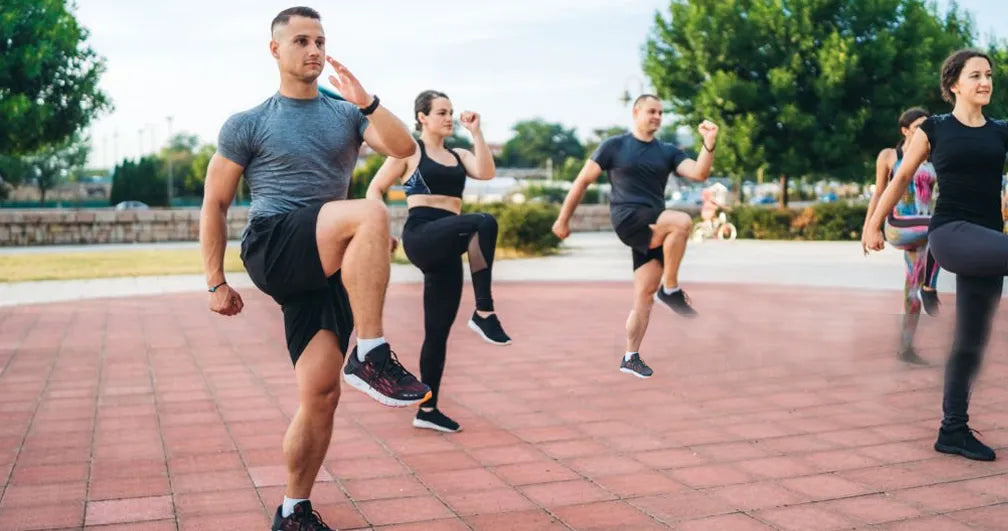
The Right Way to Warm Up for Your Best Capitol 10K
Share
At the starting line of any race, be it a 5K, 10K or marathon, you’ll see runners scattered all over the place, stretching and bending, preparing for the race. But stretching does not really accomplish anything in terms of warming up properly. In fact, research says that it may actually impair performance. According to Houston’s Steve Magness, acclaimed running author/coach/expert, “Our muscles and tendons are designed like springs. As our feet hit the ground during a run, those springs release stored energy and propel us forward. If the springs aren’t tight enough, they can’t do their jobs properly.”
Although exercise physiologists have long understood that, pre-run stretching still prevails. So what’s the best way to warm up for a race? Kenyan runner Eliud Kipchoge, the only man to break two hours in the marathon, warms up by jogging a couple of very slow nine-minute miles. But there’s more to it than that.
As Magness explains it, the goal of the warm-up is to activate multiple systems that will be used in racing. For example, elevating your VO2, elevating your heart rate and increasing muscle temperature slightly. Those systems will simply perform better if they are activated a bit. The idea is to rev-up your aerobic system.
Magness says to think of the warm-up as a way of priming your energy systems. He further tells runners that there’s a balance between doing enough of a warm-up to prime your energy systems, versus doing too much so that you start the race in a slightly fatigued state. Now here’s a part of the warm-up that only an exercise physiologist of Magness’ caliber would mention: Muscle tension — how responsive your muscles feel.
Everyone has a different resting muscle tension. Think of how you’d feel if you got up from working on your computer after three or four hours and immediately burst into a run. You’d feel flat and sluggish because your muscle tension had adapted to sitting. Conversely, as part of a race warmup, you need to raise your muscle tension by performing plyometrics, jumps and strides. So putting it all together, what does a good warmup look like?
Magness says that like the Kenyans, start off with some very slow running. For a 10K, you want to run at an easy, controlled pace for maybe 15 minutes. The next part of the warm-up involves various drills like plyometrics and dynamic skipping. This part of the warm-up helps your range-of-motion, which you’ll need for racing speed.
And finally, Magness says, you’ll want to activate the anaerobic system. He suggests five or ten minutes before the race, run some extended strides, say 200 meters or so at race pace, followed by some shorter strides to increase muscle tension.
When you put all of the parts together, this type of warmup will create a physiological state for optimal race performance.
Upcoming Races: Sunday April 6 at 8:00 a.m., the Statesman Capitol 10,000 downtown Austin. Sunday April 6 at 8:00 a.m., Spring Fling 5K/10K/15K/20K at Metro Park in Del Valle. Saturday, April 12, the Burnet Bluebonnet 5K/10K at 8:00 Burnet Chamber on the Square in Burnet Texas
Follow Brom Hoban on Medium for early access to race posts and insight!
